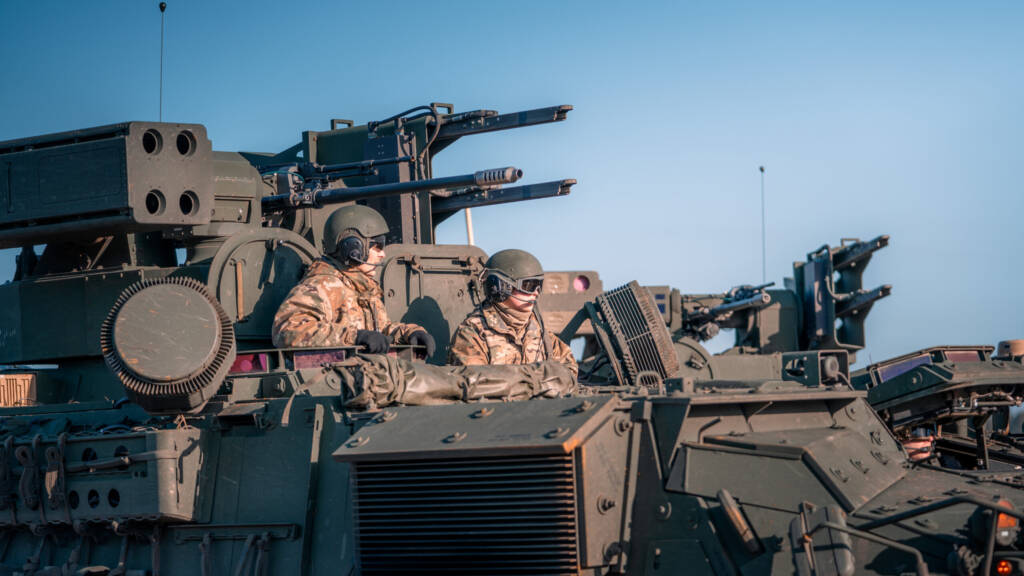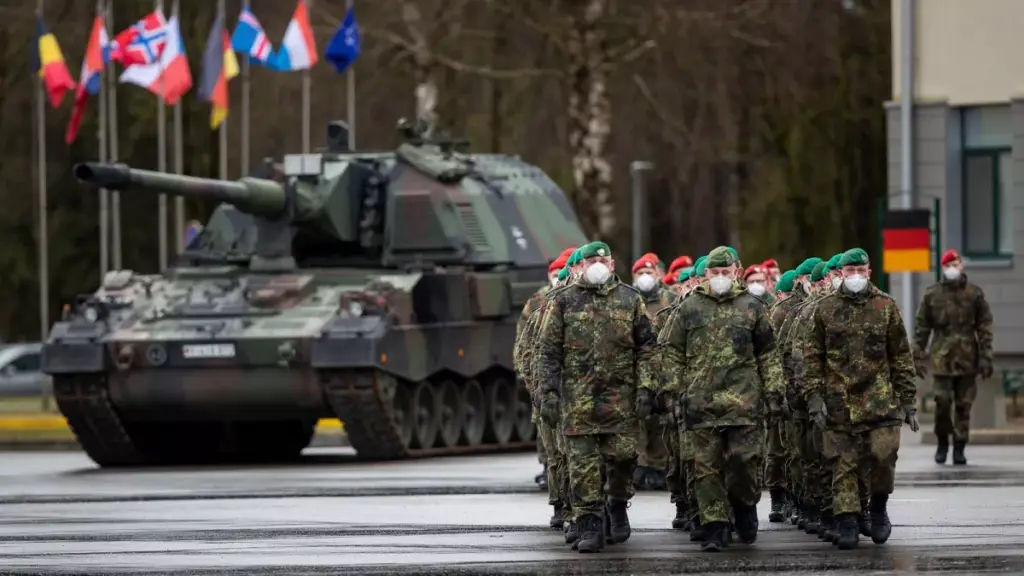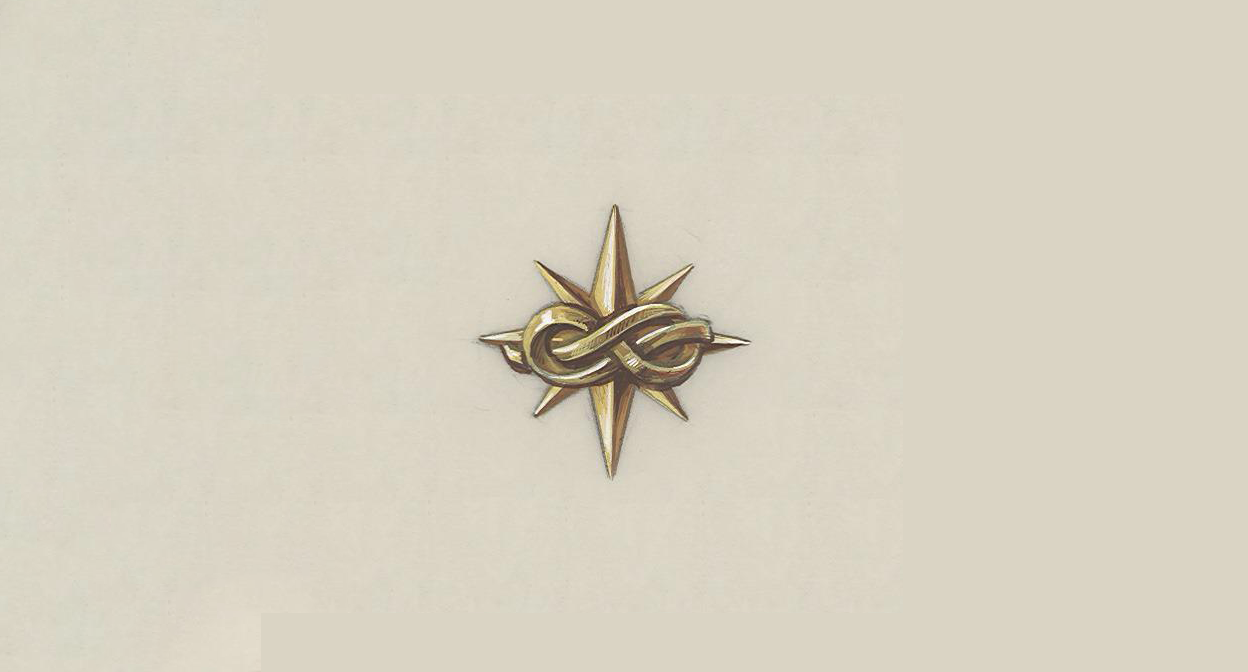.NATO was founded in 1949 as a military alliance between North American and European countries to counter the Soviet Union’s influence during the Cold War. It has since evolved into a global security organization involved in collective defense, crisis management, and military operations.
NATO’s defense strategies, cost-sharing policies, and peacekeeping missions have been topics of debate among member states. The alliance’s financial commitments and military engagements influence international stability and geopolitical relations.
Topics and Relevance
Redefining Defense Budget of the Member States
NATO members contribute to the alliance’s budget based on their economic capacity, but recent global conflicts have raised questions about equitable burden-sharing. Should NATO increase military spending across all member states, or should contributions remain proportional to economic output? Delegates must negotiate financial strategies that ensure fair yet effective defense spending.


Peacekeeping Operations in the World
NATO has played a role in peacekeeping missions in regions such as the Balkans, Afghanistan, and Libya. The committee will assess the success and ethical implications of NATO’s interventions. How should NATO balance humanitarian intervention with national sovereignty? Should NATO expand its peacekeeping role beyond traditional military operations?
Rules of Procedure
1. Opening and Roll Call
- The session begins with the Chair calling the roll to check which delegations are present.
- Delegates respond with either:
- “Present and Voting” if they are ready to participate in voting.
- “Present” if they are present but do not wish to vote on resolutions or decisions.
2. Setting the Agenda
- The committee will decide on the order of the topics to be discussed.
- A delegate can motion to set the agenda, proposing which topics should be prioritized.
- A vote is then taken to determine the order of discussions.
3. Speeches and Moderated Caucus
- Speeches: Delegates are given the floor to deliver speeches. Speech time is typically 1-2 minutes.
- Moderated Caucus: A delegate can motion for a moderated caucus. During a moderated caucus, delegates will discuss a specific issue of the topic at hand. The time limit and focus of the discussion will be set by the delegate who motions for the caucus.
4. Unmoderated Caucus
- An unmoderated caucus allows delegates to engage in informal discussions without a formal structure.
- Delegates are free to approach others, negotiate, and form alliances or agreements.
5. Motions
- Motion to Extend the Session: A delegate may propose to extend the session if more time is needed for discussions or decisions.
- Motion for a Moderated Caucus: A motion for a structured debate on a specific issue within the topic. It includes a set speaking time and focus for delegates.
- Motion for an Unmoderated Caucus: A motion for informal discussions, where delegates do not follow a formal speaking order.
- Motion to Move to Voting Procedure: When the discussions have concluded, delegates can motion to move to the voting phase on communiqués and amendments.
6. Draft Communiqué
- Throughout the discussion, delegates will work on drafting a communiqué to address the issue. This communiqué will include the proposed solutions and the steps NATO members should take.
- Draft communiqués are typically created by a group of delegates and then submitted to the Chair for approval before being debated in the committee.
7. Amendments to the Communiqué
- Delegates can propose amendments to the draft communiqué.
- Amendments are debated and voted on separately before the final vote on the communiqué itself.
- All amendments need to be written and submitted to the Chair for consideration.
8. Voting Procedure
- Once all discussions and amendments are concluded, the committee moves into the voting procedure.
- Delegates vote on the communiqué and amendments. Voting options are:
- Yes: A delegate supports the communiqué or amendment.
- No: A delegate opposes the communiqué or amendment.
- Abstain: A delegate chooses not to vote.
- Communiqués are passed if they receive a majority vote (typically a simple majority, unless otherwise specified).
9. Crisis Updates (if applicable)
- In some MUN conferences, NATO committees may face a crisis situation. The Chair or Crisis Manager will provide a crisis update, which can alter the course of discussion.
- Crisis updates will introduce new developments, and delegates will need to adapt their strategies accordingly.
10. NATO Communiqué
- Purpose of the Communiqué: The NATO communiqué serves as an official summary of the committee’s discussions, decisions, and outcomes. It is drafted and approved by the committee members at the end of the session to ensure a unified stance on the discussed issues. The communiqué is presented at the end of the conference to reflect the consensus of the committee.
- Structure:
- Heading: The heading includes the date, the name of the NATO summit or session, and a brief title of the communiqué.
- Introduction: A brief introduction that sets the context for the communiqué, including the issues discussed.
- Main Body: A summary of the topics discussed, resolutions, agreements, or decisions made by the NATO committee, and actions or recommendations for member states.
- Conclusion: A statement that reinforces the commitment of NATO members to the outcomes and reaffirms their dedication to addressing the discussed issues.
- Drafting the Communiqué: A drafting team is formed to write the communiqué, typically in the final stages of the session. This team works to ensure that the document reflects the consensus of the committee.
- Approval: The draft communiqué is submitted to the committee for review. Delegates can propose amendments or adjustments to the text. Once the committee agrees on the final version, the communiqué is passed by consensus or through a majority vote.
- Finalization: Once approved, the communiqué is presented as the official summary of the committee’s work, and it is distributed to delegates as a formal document.
11. Adjournment
Final remarks or resolutions are often announced, and delegates may be thanked for their contributions to the discussion.
Once all votes have been taken, and the committee has concluded its work, the Chair will adjourn the session.


